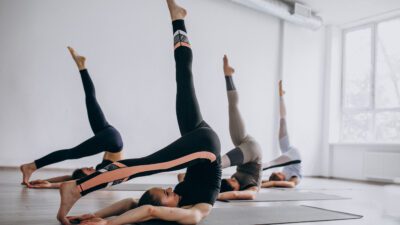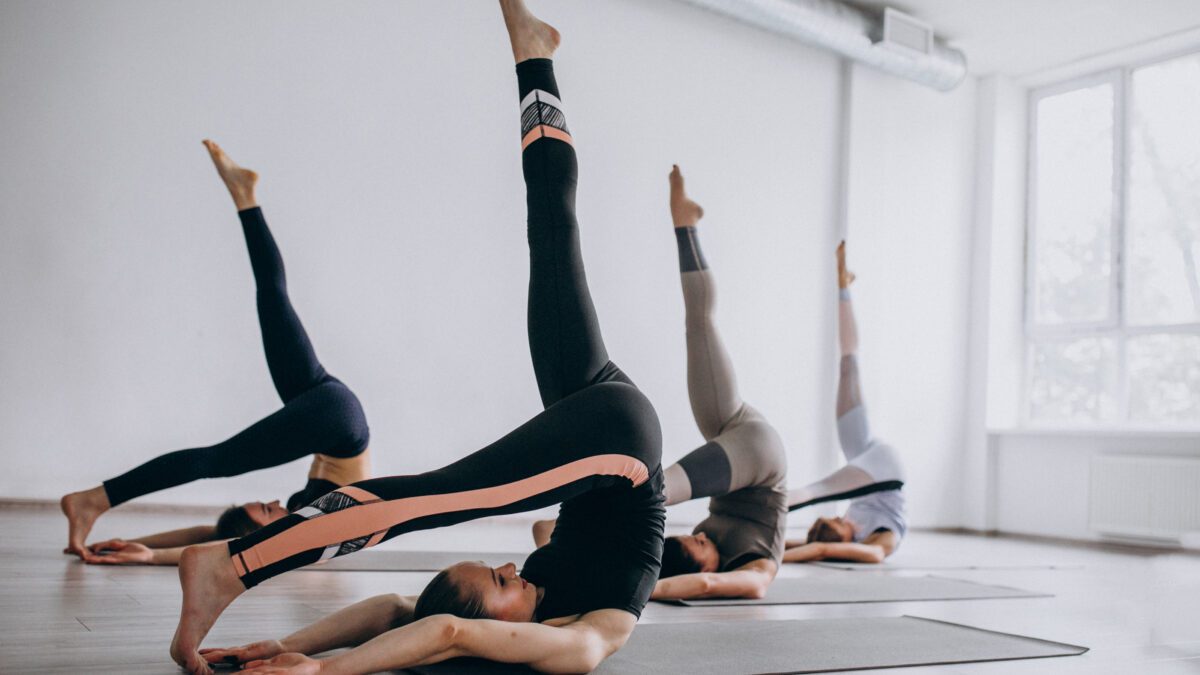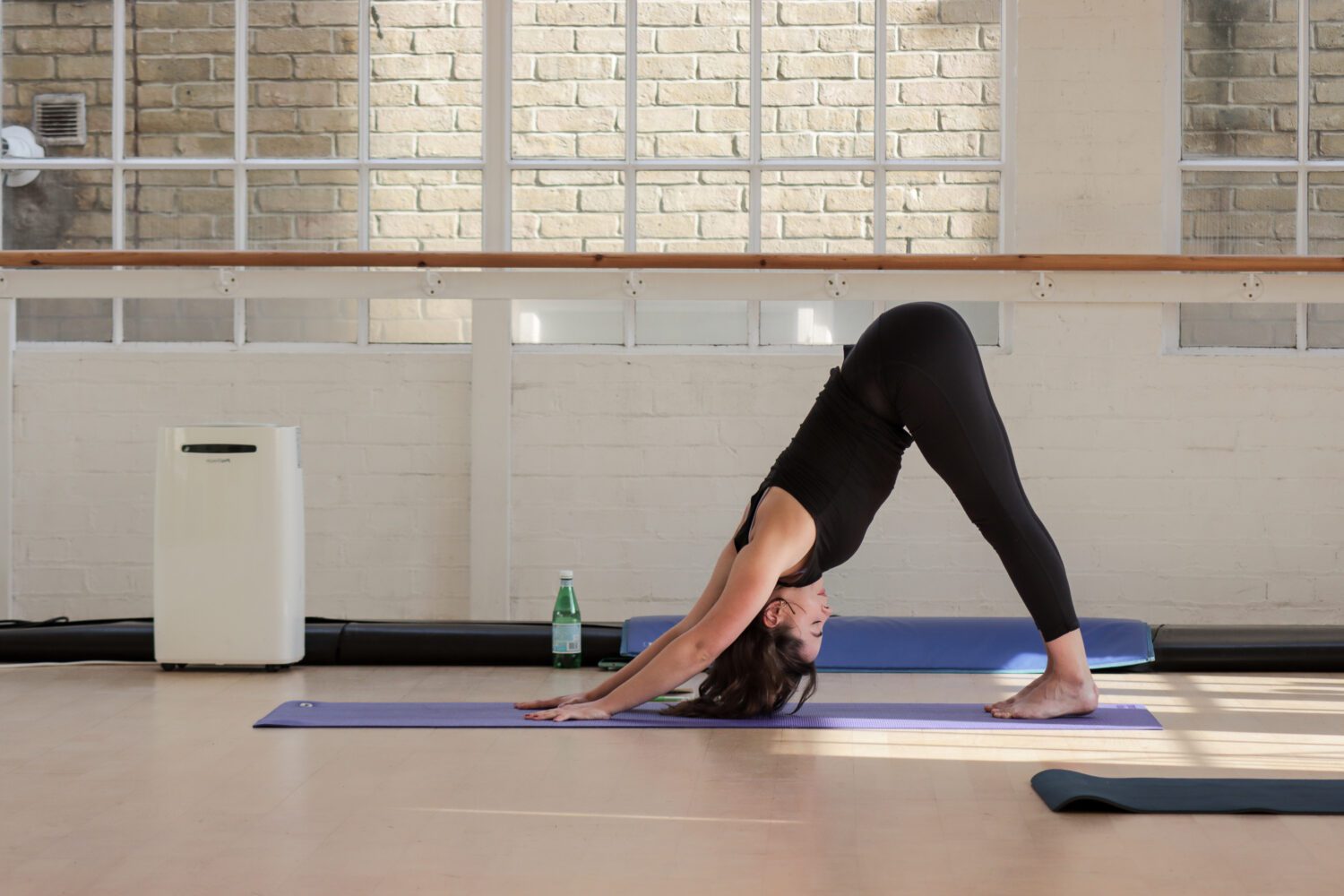



Check out this overview of what Pilates is and the key benefits of your fitness routine.
The main goal is Pilates exercises is to strengthen your body, with a focus on core strength, in order to promote overall fitness and well-being.
Pilates exercises can be performed on a mat or with specialized Pilates equipment like the Reformer, Cadillac, and Wunda Chair. The equipment may give resistance or support, depending on your needs, thanks to its system of pulleys and springs, handles, and straps.
Pilates was developed by Joseph Pilates, who believed that mental and physical health were closely connected. Joseph Pilates, who was born in Germany and felt that mental and physical health were inextricably linked, created the Pilates discipline.
Gymnastics, boxing, and Greco-Roman wrestling were among the Western forms of exercise that impacted his approach. In the 1920s, Pilates came to the United States and established a studio in New York, where he taught his approach – which he dubbed “Contrology” – for several decades.
Some principles behind the method of Pilates include:
Pilates can be an aerobic and non-aerobic exercise that requires concentration and focus, which involves finding a center point to control the body through movement. Each exercise has prescribed placement, rhythm, and breathing pattern.
Pilates is a form of exercise which is suitable for all ages for many different reasons.
Many people choose to start Pilates ranging from the older generation wanting to improve their general well-being, expecting new mums, people who may suffer from various musculoskeletal conditions, and even sports enthusiasts.
Over time, it has become recognized that the benefits of Pilates can be extended for a wide range of conditions and sports. It is a good concept of exercise that everybody can gain something from.
Pilates has been studied and adapted over the years to allow for numerous exercises and modifications, meaning Pilates workouts can be tailored to individual needs. Pilates instructors are qualified to a minimum of a Level 3 Pilates Instructor Course, who have a good understanding of Pilates and all the possible modifications.

Pilates has numerous benefits for those who decide to add this in as routine exercise. Pilates can be therapeutic and promote:
The movements involved within Pilates has a focus on increasing the length and stretch of the muscles through the range of motion, which in turn helps increase flexibility.
The body’s core muscles are the deep muscles of the back, abdomen, and pelvic floor. These are supporting muscles to improve posture and facilitate efficient movement patterns. By strengthening the core, it is supportive to the body’s frame, allowing the neck and shoulders to relax.
This leads us on to the benefits of Pilates to your posture. Having a good posture is reflective of good alignment from a strong core. Pilates’ fundamental movements when progressing through both mat and equipment exercises encourage the body to express itself through strength.
There is also some data that suggests Pilates can help persons with non-specific lower back pain get some relief.
The workouts must be adapted to the individual and validated by a trained health practitioner in order to be successful. The majority of pilates instructors are not licensed medical practitioners who can’t prescribe, treat, or provide treatment.
Here are the results of the mentioned research:
“In patients with chronic low back pain, Pilates showed significant improvement in pain relief and functional enhancement. Other exercises showed effects similar to those of Pilates, if waist or torso movement was included and the exercises were performed for 20 cumulative hours.
The best exercises for Pilates are those that emphasize a different plane of motion in the body, such as flexion, extension, and rotation of the spine to ensure full-body movement. They also include abdominal muscle exercises.
Pilates can be taught in a specialized Pilates studio with equipment or in an open space with mats and modest equipment. Pilates may be taught privately or in small groups on both mat work and apparatus, with most lessons lasting 45 minutes to an hour.
To provide personal attention, sessions should ideally be taught one-on-one, with a maximum of 12 students for mat work. Before enrolling in a group apparatus lesson, you should have some prior expertise with the equipment.
When selecting a pilates instructor, take into account their expertise and training, as well as their personality and rapport.
Both yoga and Pilates are unique forms of exercise that have both similarities and differences. The overall goal is to improve body and mind wellness by relieving stress, relaxing muscles, and improving overall health. The method of Pilates focuses on muscle work without having to work them to exhaustion, meaning it’s not a sweaty or strenuous form of exercise. Instead, Yoga is just intense concentration performed in low repetitions through a session. This is what makes Pilates a go-to form of exercise for all ages with many health benefits.
Both emphasize the link between physical and mental wellness, whereas yoga emphasizes relaxation and incorporates meditation. Pilates is done on both apparatus and mats, whereas traditional yoga is done without any equipment.
Are you interested in turning your passion for Pilates into a career? Discover Pilates courses from the #1 training provider.